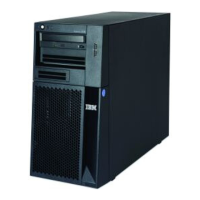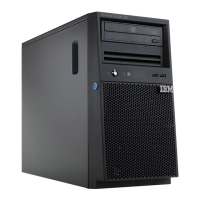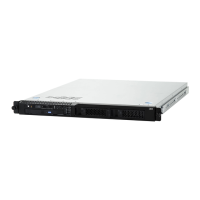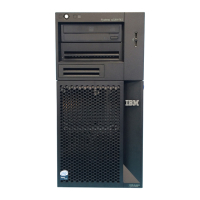Appendix E. IBM Dynamic Partition Manager 503
E.3 IBM z Systems servers and DPM
Traditional IBM z Systems servers are highly virtualized with the goal of maximizing the
utilization of compute and I/O (storage and network) resources, and simultaneously lowering
the total amount of resources needed for workloads. For decades, virtualization has been
embedded in the z Systems architecture and built into the hardware and firmware.
Virtualization requires a hypervisor, which manages resources that are required for multiple
independent virtual machines. The z Systems hardware hypervisor is known as IBM
Processor Resource/Systems Manager (PR/SM). PR/SM is implemented in firmware as part
of the base system. It fully virtualizes the system resources, and does not require additional
software to run.
PR/SM allows the defining and managing of subsets of the z Systems resources in logical
partitions (LPARs). The LPAR definitions include a number of logical processing units (LPUs),
memory, and I/O resources. LPARs can be added, modified, activated, or deactivated in
z Systems platforms by using the traditional Hardware Management Console (HMC)
interface.
DPM uses all the capabilities that were previously mentioned as the foundation for the new
user experience. On top of these capabilities, DPM provides an HMC user interface that
allows customers to define, implement, and run Linux partitions without requiring deep
knowledge of the underlying z Systems infrastructure management (for example, IOCP or
HCD). The DPM infrastructure is depicted in Figure E-1.
Figure E-1 High-level view of DPM implementation
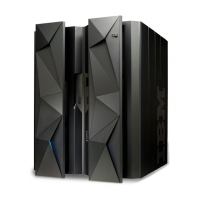
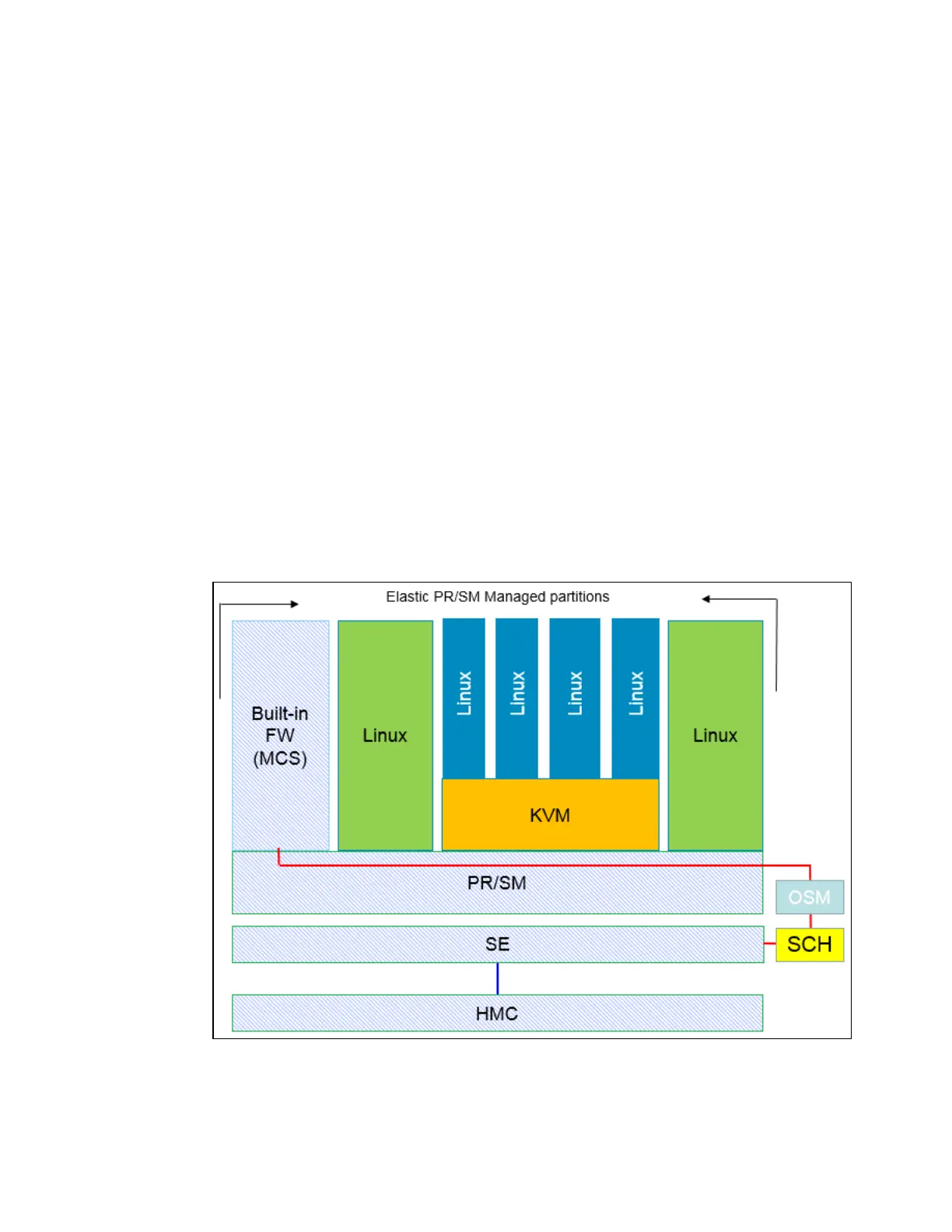